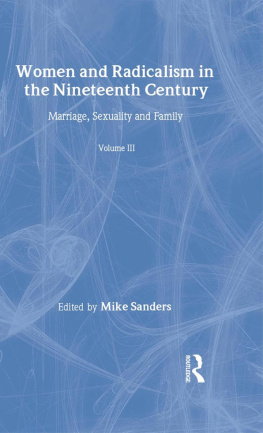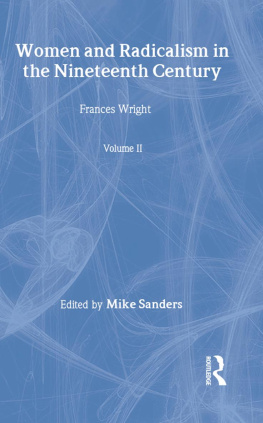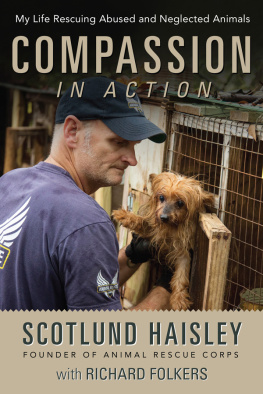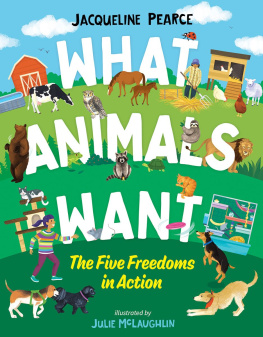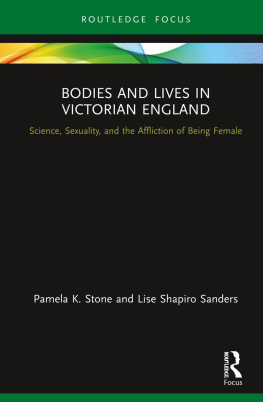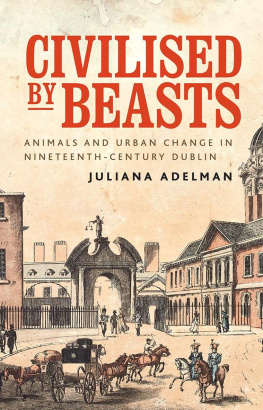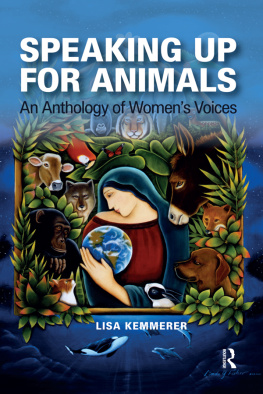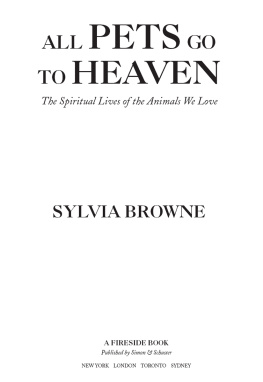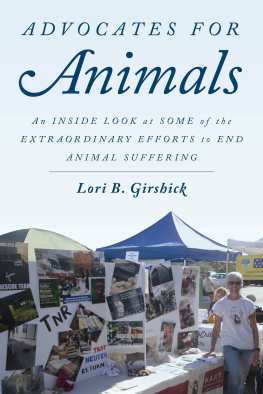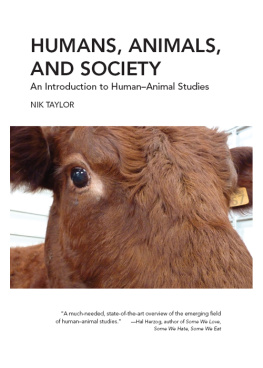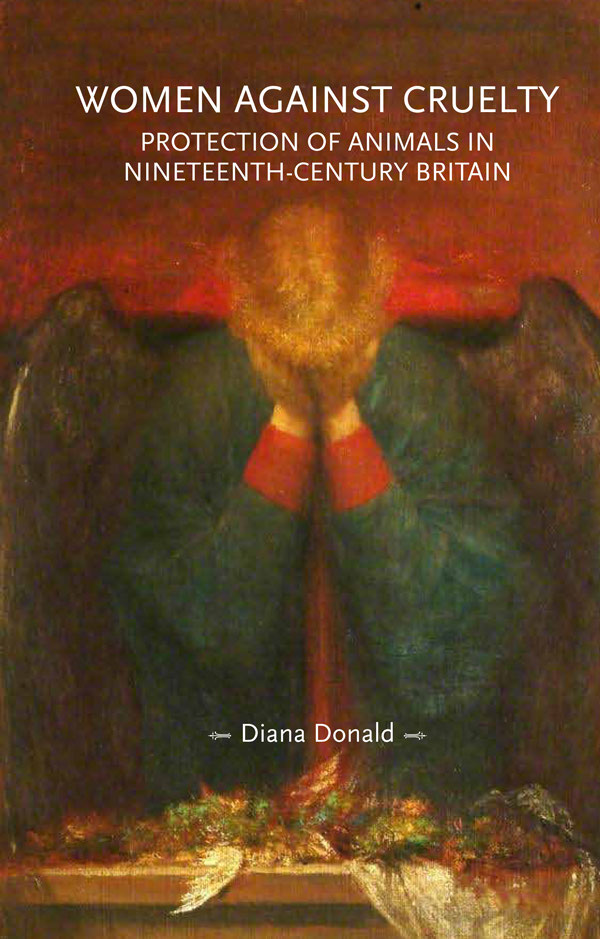Series editors:
Lynn Abrams, Cordelia Beattie, Pam Sharpe and Penny Summerfield
The expansion of research into the history of women and gender since the 1970s has changed the face of history. Using the insights of feminist theory and of historians of women, gender historians have explored the configuration in the past of gender identities and relations between the sexes. They have also investigated the history of sexuality and family relations, and analysed ideas and ideals of masculinity and femininity. Yet gender history has not abandoned the original, inspirational project of womens history: to recover and reveal the lived experience of women in the past and the present.
The series Gender in History provides a forum for these developments. Its historical coverage extends from the medieval to the modern periods, and its geographical scope encompasses not only Europe and North America but all corners of the globe. The series aims to investigate the social and cultural constructions of gender in historical sources, as well as the gendering of historical discourse itself. It embraces both detailed case studies of specific regions or periods, and broader treatments of major themes. Gender in History titles are designed to meet the needs of both scholars and students working in this dynamic area of historical research.
Women against cruelty
OTHER RECENT BOOKS IN THE SERIES
The state as master: gender, state formation and commercialisation in urban Sweden, 16501780 Maria gren
Love, intimacy and power: marriage and patriarchy in Scotland, 16501850 Katie Barclay (Winner of the 2012 Womens History Network Book Prize)
Men on trial: performing emotion, embodiment and identity in Ireland, 180045 Katie Barclay
Modern women on trial: sexual transgression in the age of the flapper Lucy Bland
The Womens Liberation Movement in Scotland Sarah Browne
Modern motherhood: women and family in England, c. 1945-2000 Angela Davis
Gender, rhetoric and regulation: womens work in the civil service and the London County Council, 190055 Helen Glew
Jewish women in Europe in the Middle Ages: a quiet revolution Simha Goldin
Women of letters: gender, writing and the life of the mind in early modern England Leonie Hannan
Women and museums 18501914: Modernity and the gendering of knowledge Kate Hill
The shadow of marriage: singleness in England, 191460 Katherine Holden
Women, dowries and agency: marriage in fifteenth-century Valencia Dana Wessell Lightfoot
Women, travel and identity: journeys by rail and sea, 18701940 Emma Robinson-Tomsett
Imagining Caribbean womanhood: race, nation and beauty contests, 192970 Rochelle Rowe
Infidel feminism: secularism, religion and womens emancipation, England 18301914 Laura Schwartz
Women, credit and debt in early modern Scotland Cathryn Spence
Being boys: youth, leisure and identity in the inter-war years Melanie Tebbutt
Queen and country: same-sex desire in the British Armed Forces, 193945 Emma Vickers
The perpetual fair: gender, disorder and urban amusement in eighteenth-century London Anne Wohlcke
WOMEN AGAINST CRUELTY
PROTECTION OF ANIMALS IN NINETEENTH-CENTURY BRITAIN
Diana Donald
Manchester University Press
Copyright Diana Donald 2020
The right of Diana Donald to be identified as the author of this work has been asserted by her in accordance with the Copyright, Designs and Patents Act 1988.
Published by Manchester University Press
Altrincham Street, Manchester M1 7JA
www.manchesteruniversitypress.co.uk
British Library Cataloguing-in-Publication Data
A catalogue record for this book is available from the British Library
ISBN 978 1 5261 1542 3 hardback
First published 2020
The publisher has no responsibility for the persistence or accuracy of URLs for any external or third-party internet websites referred to in this book, and does not guarantee that any content on such websites is, or will remain, accurate or appropriate.
Cover: George Frederic Watts, A Dedication (to all those who love the beautiful and mourn over the senseless and cruel destruction of bird life and beauty); also known as The shuddering angel, oil on canvas, 18989. Watts Gallery Trust, Compton, Surrey. The painting shows an angel sorrowing over a pile of tropical birds wings and plumage, sacrificed on the altar of fashion.
Typeset by Newgen Publishing UK
Contents
Many studies of animal advocacy groups in the modern western world have revealed the striking prominence of women among the activists. Gender also seemingly affects attitudes towards animals among the population at large. For example, one researcher in the 1990s found that, statistically, gender had the greatest total effect on opposition to animal research (vivisection), while feminist attitudes had the second greatest total effect. Also in the 1990s Carol Adams, Josephine Donovan and others proposed a theoretical basis for these proclivities. They argued that patriarchal attitudes still prevalent in society bear down on both women and animals, establishing a sense of common cause between them. For these feminist writers, an ethic of care fellow-feeling with animals and a sense of moral responsibility for their wellbeing is preferable to abstract theories of animal rights. The latter place a premium on rationality, a quality which is often associated with ancient but discredited theories about the masculine mind and womens supposed irrationality or animality.
The reasons for the apparent difference between the sexes in their readiness or their capacity for sympathy with other species nevertheless remain open to further investigation. Does womens attachment to animal causes partly stem from some innate mothering instinct? Or does it arise solely from their life experiences, especially their consciousness of male domination? Perhaps sentiment or tenderness is socially induced, when treated as a desirable aspect of femininity or of female pursuits? Is womens special feeling for animals in fact constant through the centuries, or is it a fluctuating and historically contingent phenomenon? It is only this historical dimension of the subject that my study of womens work for animals in nineteenth-century Britain can have any hope of addressing. I set out to show how these women responded to the problem of cruelty in British society at many levels with strong emotion impelling them to direct action, but also with analytic thoughtfulness and imagination. By the 1890s, some were led to formulate ideas about the special bond between women and animals that anticipate feminist views of the present day, while their rejection of controlling anthropocentrism resonates with the recent emphasis on animals own subjectivity and agency in history.
Several authors, notably Mary Ann Elston, Moira Ferguson, Barbara Gates, Susan Hamilton, Hilda Kean and Coral Lansbury, have made key contributions to our knowledge of womens roles in the Victorian animal protection movement. However, a connected history of this subject its leading figures, literature and institutions has been lacking. There is certainly a need for such a history, to counter the trivialisation, disdain and neglect evinced by many authors of standard works. The biographers of Charles Darwin write dismissively of how his daughter Henrietta, a confirmed hypochondriac, had jumped on the bandwagon of opposition to vivisection. One is glad to know that Darwin himself took Henriettas principled objections to the practice more seriously. The author of a classic history of The Naturalist in Britain suggests that the women who founded the future Royal Society for the Protection of Birds (RSPB) typified people on the search for something to protest about, prone to hysteria, often absurdly impractical Obsessed with propaganda, and resistant to the (male) scientific advice that would have guided the Society in its early days towards sound conservationist measures. What is distressing in these and similar judgements is less their misogyny than the travesty of historical facts that is often involved. If my own version of events is open to criticism as parti pris in its celebration of Victorian womens achievements in animal protection, it at least brings to attention the wealth of archival and other primary source material available to scholars who may wish to research the aspect of gender in the history of animal advocacy more widely, and from different disciplinary or ethical perspectives embracing womens writings as well as their practical initiatives. At a time when animal history is expanding in many new directions, there is unlimited scope and promise in this field.


